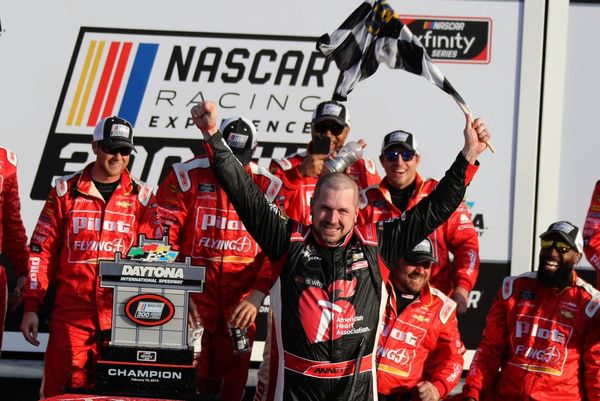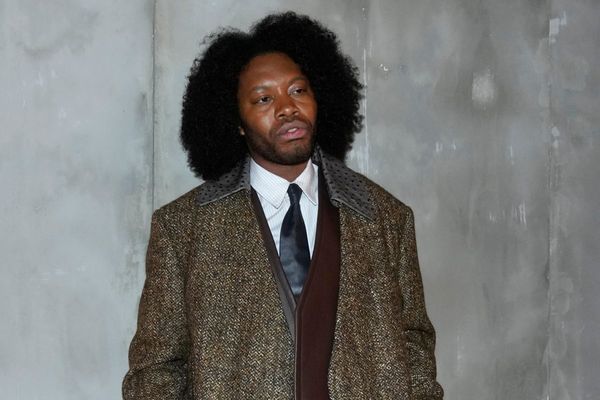Picture Valentino Rossi’s gear bag. Inside: sweat-soaked gloves, scuffed boots, and the occasional set of leathers that feels more like armor than clothing. Now imagine one of those suits—bright, loud, unmistakably Rossi—going not to a museum or collector’s vault, but to UNICEF.
That’s exactly what happened when Dainese handed over a Soleluna Vale46 Anniversario suit, number one of just forty-six ever made, worn by Rossi himself at Mugello, to be auctioned for charity.
The reveal came during the San Marino GP, which felt like the right kind of theater. This is Rossi country, after all, and Dainese knew how to make the moment land. But what makes the story stand out isn’t just the provenance of the suit or the fanfare of the weekend. It’s where the money’s going.
UNICEF plans to funnel the proceeds into its Road Safety program, a global initiative aimed at reducing traffic deaths among children and teens—a group disproportionately at risk in parts of the world where sidewalks, crosswalks, and helmets aren’t a given.

If that sounds unglamorous compared to MotoGP speed and spectacle, that’s because it is. Road safety is about lowering speed limits near schools, enforcing seatbelt laws, and making sure kids can cross the street without playing roulette with oncoming traffic. More than 600 young people die every day in road accidents. The work is quiet, practical, and far from the spotlight, but it saves lives. Linking a suit worn by one of the sport’s biggest icons to that mission is the kind of twist that makes the gesture feel meaningful instead of performative.
For Dainese, the move fits. The brand has long positioned itself at the crossroads of performance, style, and legacy. Outfitting Rossi through his career was already a cornerstone of their identity, but leveraging a piece of that history for a cause extends the story in a way that feels bigger than marketing. It’s saying: this isn’t just about protecting a rider at 200 mph; it’s about protecting everyone else, too.


There’s also something symbolic about this suit being number one out of forty-six. In the world of collectors, that alone would have made it priceless. In the hands of UNICEF, though, its value shifts. It becomes a tool, a signal that racing culture can extend beyond the paddock to improve real roads where most of us actually ride, drive, or walk. It’s one of those rare crossovers where sport, brand, and social responsibility intersect cleanly.
Sure, it’s only one auction, one item. But when Rossi’s leathers—stitched with speed and sweat—turn into funding for safer streets around the globe, it’s a reminder of how wide the reach of motorsport really is. Legends aren’t just made on track; sometimes they’re made in what gets left behind.








